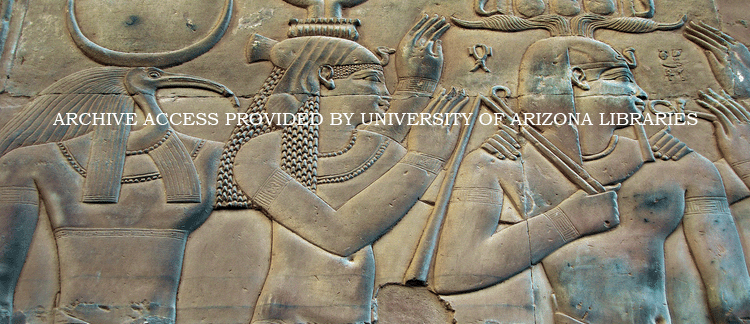Abstract
Difficulties reconciling Late Bronze Age archaeological remains in the southern Levant with the texts of the Amarna Age and preceding formative years of Late Bronze Age society have long been noted. At some prominent tell sites that according to the texts were major city-states, little to no settlement remains have been identified. Here we revisit this issue at Tel Lachish, showing on the basis of renewed radiocarbon dating that two previously exposed occupation layers should be re-assigned to this timeframe—one to the second half of the 15th century BCE, and the other predominantly to the first half of the 14th century BCE. These re-dated strata support the textual picture from Papyrus Hermitage 1116A and the Amarna Letters of a thriving town with which the Egyptians interacted.
How to Cite
Webster, L., Streit, K., Dee, M., Hajdas, I. & Höflmayer, F., (2019) “Identifying the Lachish of Papyrus Hermitage 1116A Verso and the Amarna Letters: Implications of New Radiocarbon Dating”, Journal of Ancient Egyptian Interconnections 21(1), 88-99.
544
Views
111
Downloads
